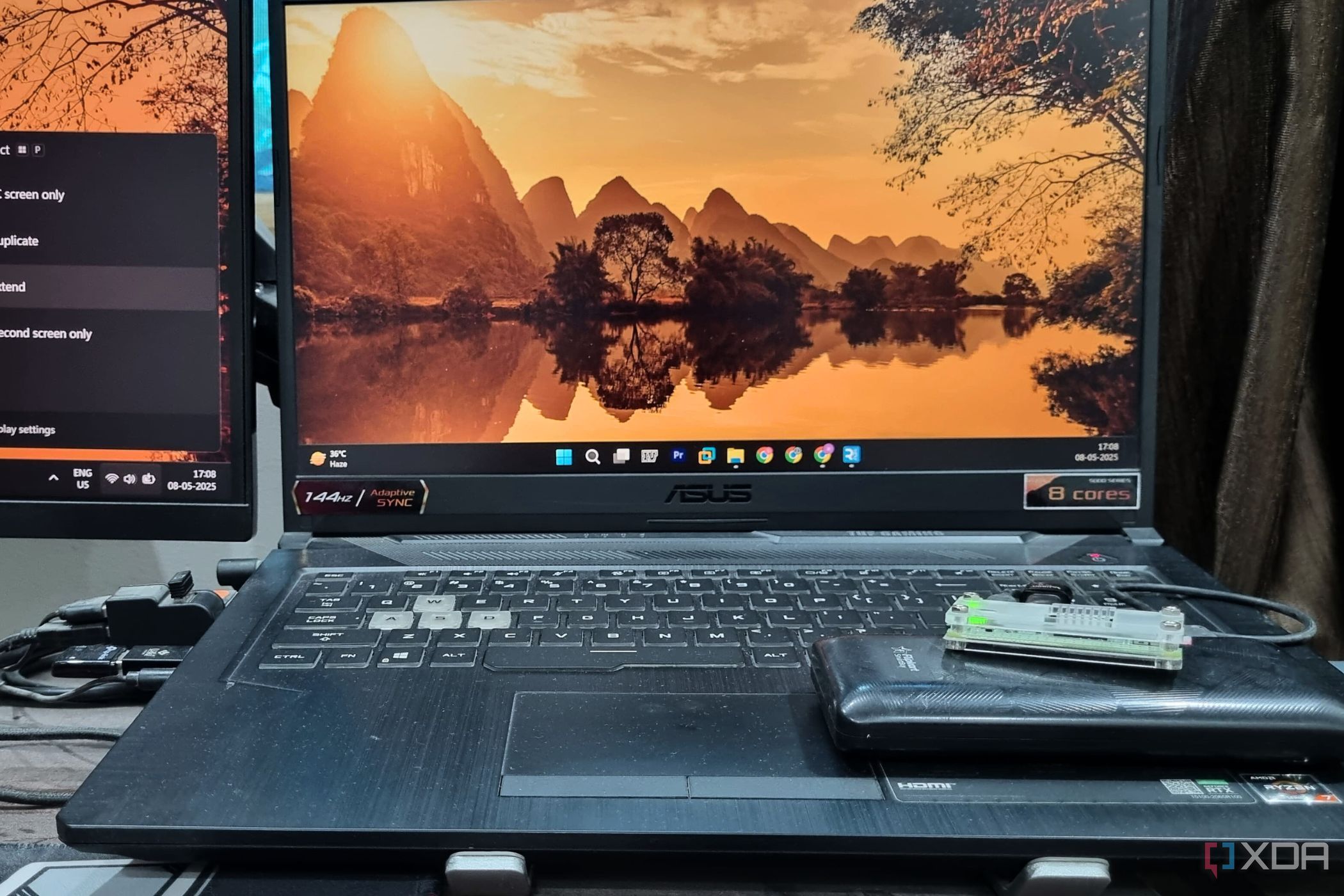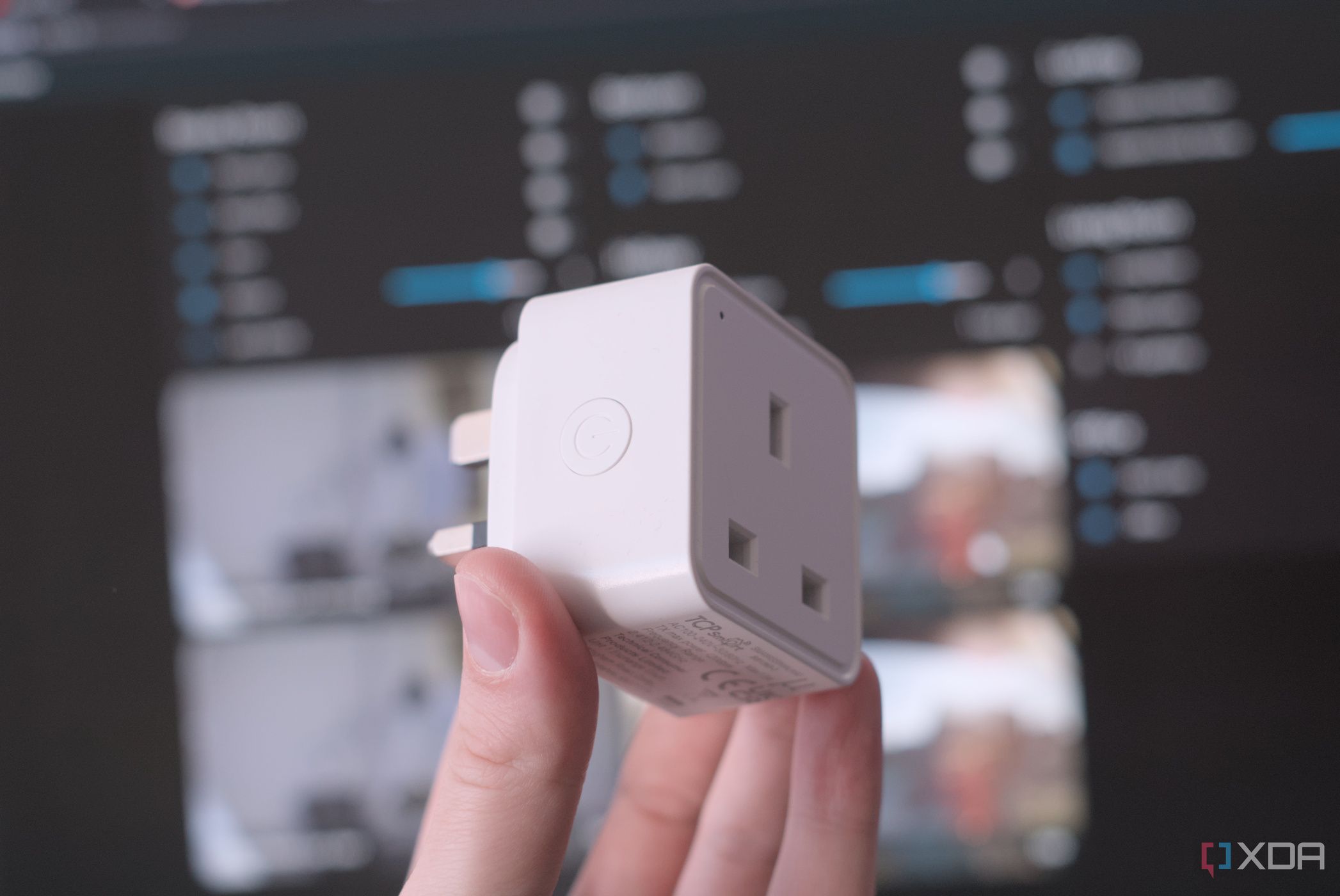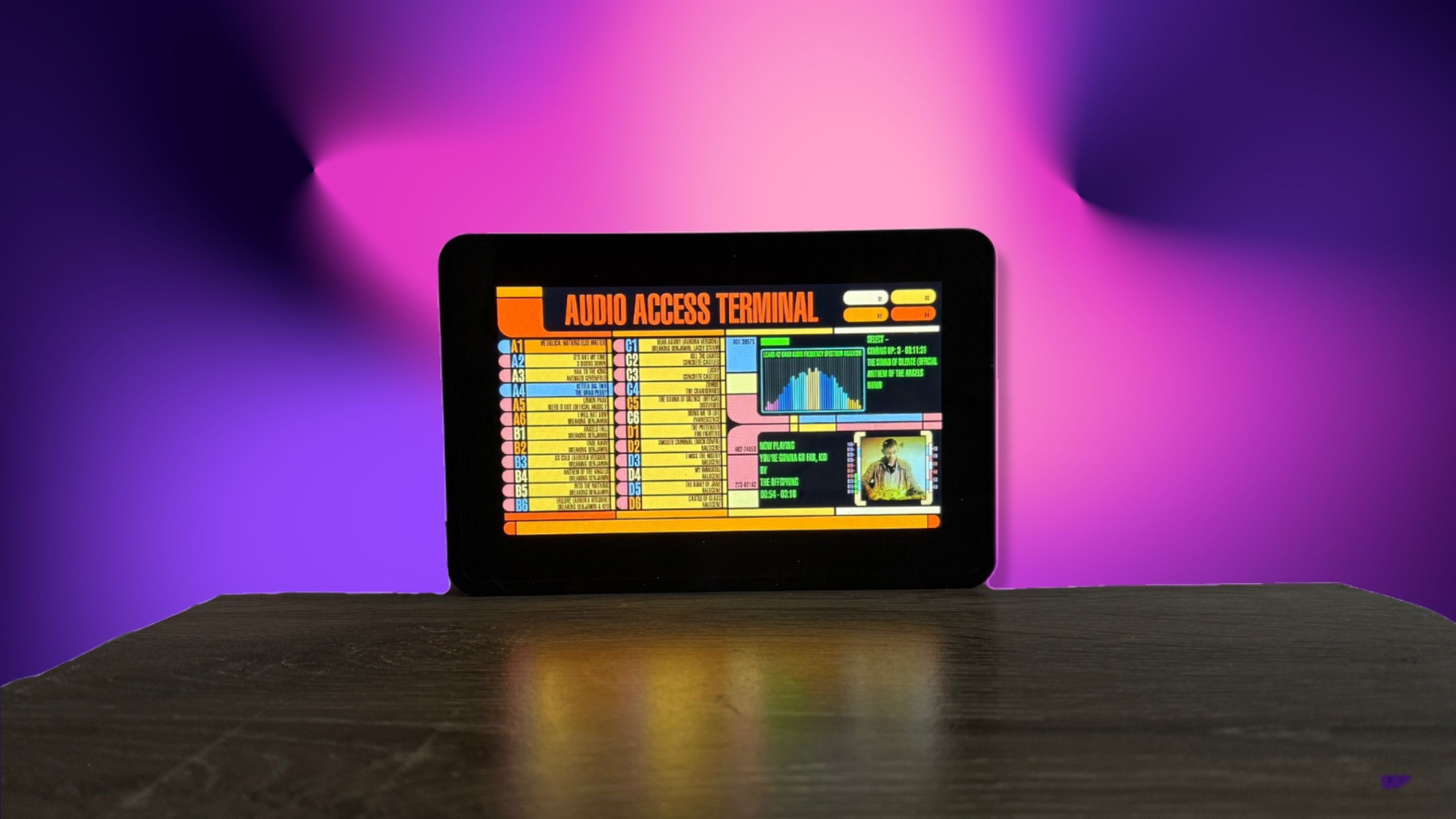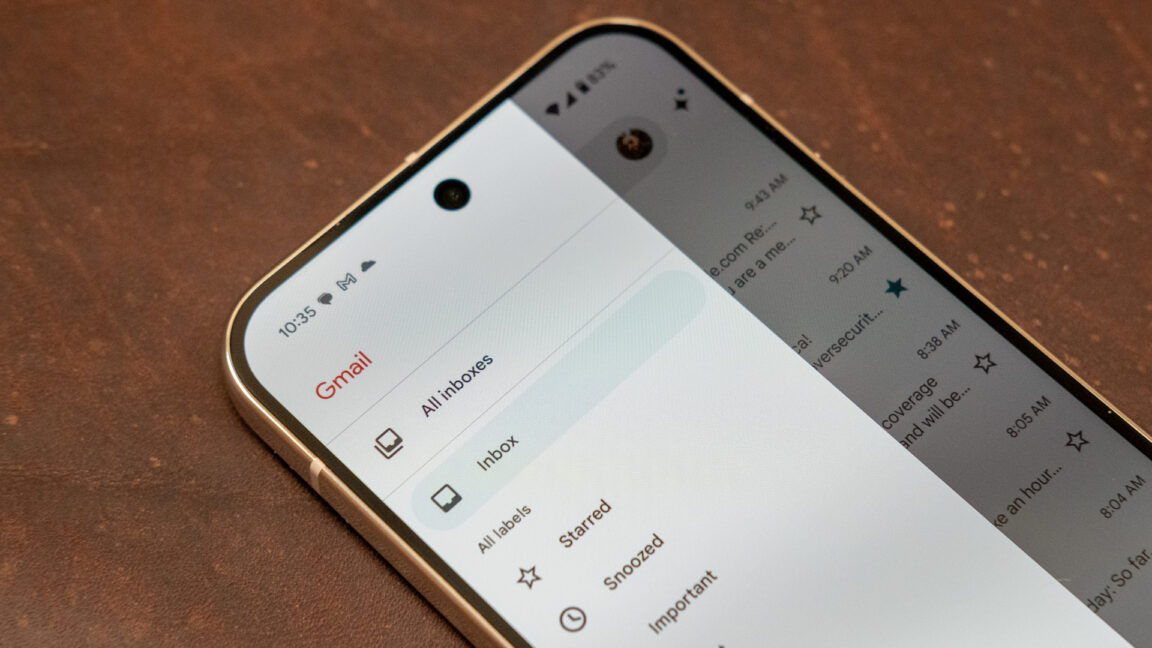You can control a lot with a Raspberry Pi around your home. In fact, I'd be surprised if there was something you couldn't wire up to a Pi running Home Assistant and turn smart. But some integrations are more useful than others, and some are more surprising than others.
When I say "surprising," it's not like I was browsing the internet one day, found an implementation, said "Wow, I had no idea you could do that," and then added it. This is more stuff that sounded good on paper, but ended up being even better in practice. That's where the surprise lies; when expecting 100% from an app, I ended up with 120%. So, here are some of my projects that I started with tempered expectations and ended up really enjoying.
Turns out, you can do a lot with them
Media centers don't sound particularly exciting, do they? That's what I thought when I turned my TV into a Raspberry Pi media center using LibreELEC. It seemed innocuous enough: I could load media onto it, play the media on my TV, and everything was just peachy.
Well, the first little surprise I had was how easy it was to get media onto LibreELEC. If you do the network setup at the start, your little media center broadcasts itself on your network. This means you can access its files from any device on the LAN and shove media on it from anywhere. Now I can fetch video and music on my main PC, put it on my Pi, and I'm good to go.
The second surprise was in the plugins. LibreELEC keeps them tucked away, but if you go hunting for them, you unlock a ton of different options. For example, I found a Twitch plugin in there, and getting myself logged in and set up was super easy. Now I can bring up a streamer I like on my TV and just have it playing while I get stuff around the house. There's support for stuff like LastFM and YouTube too, which I've dabbled in and found really useful.

Related
5 reasons why I use a Raspberry Pi as a downloading device instead of my Windows PC
Save resources and minimize power bills by using a Raspberry Pi as a download machine paired with a power bank and an external hard disk.
2 Raspberry Pi cameras don't have to just be for security

So you have a Raspberry Pi and a camera. What do you do with them? Easy: security camera. Put the camera somewhere you want to monitor, make it trigger on movement, and you can keep an eye on stuff while you're away. Nice.
However, after you get a little tired of using it as a security camera, you begin to realize how useful it is to have a second pair of eyes (eye?) that you can deploy anywhere you like. Want to keep watch on your cooking while you do something else? Set up the camera. Hear something scurrying in your garden? Set up the camera. Excited for a package delivery? Put the camera overlooking the driveway and watch it like an eagle, like your life depends on it. You really don't know how useful a deployable camera is until you get one.

Related
7 creative uses for Raspberry Pi you probably haven’t tried yet
Your Raspberry Pi is good for more than just a media center or retro game emulator
1 You can do a lot more with smart plugs than you might expect
I'm not sure I can go back to "dumb" plugs

On paper, smart plugs just seem like a fun little gadget. When you get one, you discover that you can turn an appliance on or off via your phone. And for some, that's about as far as they get.
However, when you pair a smart plug with a Raspberry Pi, things begin to get very interesting. Now you can get Home Assistant running and turn pretty much any device in your home to a smart one. Like the convenience of using voice commands? Make your own. Want to schedule electronics to turn on at specific times? You can do that, too.
Once you get into these finer details, you can do some really fun things. Here's an example: you can set up a bedside light to turn on at a specific time, before you go to bed. Around the time you go to sleep, you can have your Pi turn your light off so you don't have to reach over. Then, when it's time to get up, have the Pi turn on the light again. Boom: you now have a bedside light that can turn on when it's time for bed, turn off when it's time to sleep, and then help you wake up in the morning. Smart plugs get so, so much more fun when a Pi's involved.

Related
I’m building a digital jukebox with Raspberry Pi — here’s how
If you want to build your own digital jukebox, it's easier than you might expect
Raspberry Pis can be more useful than you think
I think the one thing I learned with a Raspberry Pi is that you can deploy it to achieve one thing, and then gradually branch out into other uses. I don't think I'd have Twitch streams on my TV and a camera feed around my home if I didn't want just to perform the basics. So, poke around and experiment the next time you want to achieve something with your Pi; you might end up as surprised as I was.
.png)











 English (US) ·
English (US) ·